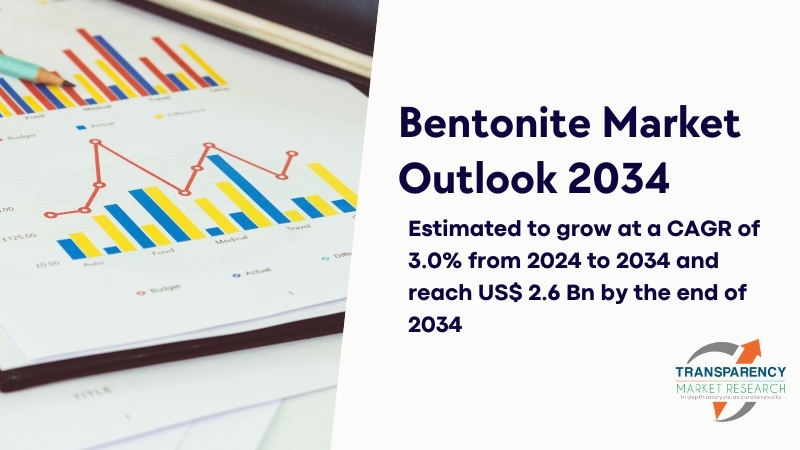
High net-worth individuals (HNIs), who have historically taken a conservative approach, are increasingly diversifying their portfolios beyond traditional asset classes and fixed-income instruments. Factors such as rising incomes, evolving financial markets, technological advancements and changing market dynamics are driving this trend. With a growing appetite for risk and a sophisticated understanding of investment opportunities, such investors can seek optimal returns while managing risk.
Asset selection and allocation are critical With a multitude of options – from low-cost index funds to high-risk, high-return products such as private credit – it’s more important than ever to construct a dynamic portfolio. Factor-based investing, which looks for specific attributes such as value, growth or momentum, can be used to exploit market inefficiencies. In addition to traditional market-cap-weighted indices, factor indices, also known as smart beta indices, have emerged as a popular investment option in developed countries.

For instance, in the US, smart-beta ETFs or factor-based products account for $2 trillion of the $10 trillion of assets in ETFs. Also read: The Nifty Low Volatility 50 Index has shown resilience during market downturns, providing a smoother return profile than the broader market. Similarly, the Nifty Alpha 50 Index, which focuses on stocks with strong potential for alpha, has delivered impressive returns, outperforming traditional benchmarks.
Assets such as gold and government bonds offer stability during market storms. Alternative investments such as private equity and real estate can be alluring, but they come with higher risks and require specialised knowledge. Strategic rebalancing By periodically adjusting portfolio weights, HNIs can harness the potential of underperforming assets and mitigate risks in those that have soared.
Taking into account factors such as volatility and asset correlation can help optimise this rebalancing. The core-satellite approach offers another layer of strategy. In this, a stable core of low-cost, diversified investments provides a bedrock while a satellite of high-risk-higher-reward assets seeks to generate alpha.
ETFs and index funds have gained significant traction among HNIs and UHNIs, and often form the core of their portfolios. These instruments offer low-cost exposure to broad market indices, providing a convenient and efficient way to benefit from market growth. The assets under management (AUM) of index funds has increased by 42.
5 times in five years, from 5,719 crore in June 2019 to 2.43 trillion in June 2024, according to data from AMFI. While diversification is essential, it is a tightrope walk as overdoing it can dilute returns.
It is prudent to spread bets across assets, geographies and sectors while focusing on high-conviction investments. The perennial debate: Active or passive? While passive investing has low costs, active management can shield investors during market downturns as skilled managers can navigate these choppy waters to preserve wealth. However, the allure of lower costs can tempt investors to switch from active to passive funds during bearish phases.
This switch, while tempting, requires impeccable timing. Also read: During the 2008 financial crisis, some active managers significantly reduced their exposure to financial stocks and moved into more defensive sectors such as consumer staples and healthcare, thereby reducing the impact of the sharp market decline. Look for the gaps Identifying market gaps can be a game-changer.
The rise of private credit, for instance, is a testament to this. As banks tighten lending standards, this space offers opportunities for those with an appetite for risk. According to data published by Sebi, there has been a significant growth in the commitment raised across alternative investment funds (AIFs) over the past few years, from 2.
82 trillion in March 2019 to 11.35 trillion in March 2024. New products such as P2P lending and fractional real estate also offer diversification options with higher returns than bank fixed deposits and liquid funds, albeit with higher risk as well.
Tax reforms are reshaping investments Budget 2024-25 simplified capital gains tax by bringing parity across asset classes both in terms of the tax rate and holding period to determine long-term and short-term gains. The new tax rules, aimed at creating a level playing field beyond India’s borders, open up opportunities for HNIs to diversify their investments. This will help reduce the geographic concentrations of their portfolios.
For the greatest benefit, it’s prudent to invest in countries with which India has a treaty on avoiding double taxation. This strategic shift could potentially yield better risk-adjusted returns. Also read: In conclusion, unlocking alpha is a multifaceted pursuit.
It requires a blend of sophisticated portfolio management, a deep understanding of asset classes, and a keen eye for market opportunities. While there is no guaranteed formula, a well-crafted strategy coupled with disciplined execution can significantly improve an HNI’s chances of outperforming the market..














